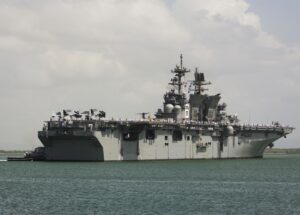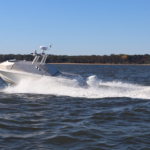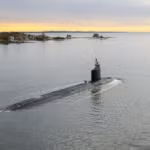
The Chief of Naval Operations (CNO) on Tuesday said light aircraft carriers should not be compared to the current supercarriers and outlined the next large surface combatant will be smaller than the Zumwalt-class destroyer. “I think the hidden point that needs to be drawn out is the comparison or not to light carriers. And so I was a big proponent of leaving light carriers or what I think is more aptly named the aviation combatant of the future because the…

 By
By 











